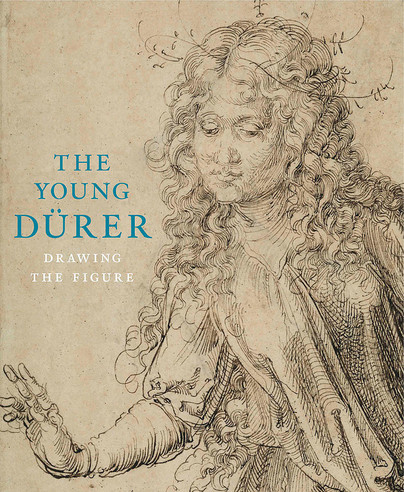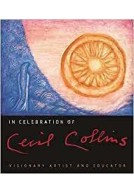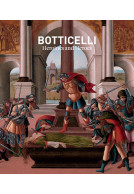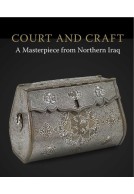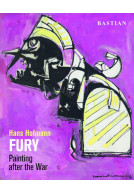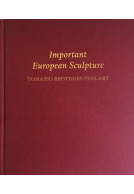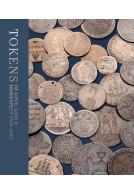The Young Durer (Hardback)
Pages: 240
Illustrations: 200 col illus
ISBN: 9781907372513
Published: 17th October 2013
(click here for international delivery rates)
Order within the next 7 hours, 36 minutes to get your order processed the next working day!
Need a currency converter? Check XE.com for live rates
Accompanying a landmark exhibition at the Courtauld Gallery, this book examines the remarkable drawings made by Dürer as a young man from 1490 to 1495, especially those made during his journeyman years, or Wanderjahre – considered the final part of a craftsman’s training – and a second shorter trip which immediately followed and seems to have brought the artist to Italy. These trips form the framework for the book, which focuses on the young artist’s figure studies and has at its heart the Courtauld Gallery’s double-sided drawing of a Wise Virgin and Two studies of the artist’s left leg. This superbly ambitious work serves as a springboard to explore in depth the role of drawing at this stage of Dürer’s career. It allows us to address a series of crucial questions: how Dürer formed ‘his hand’, how he responded to artistic challenges presented by contemporary and earlier art (both on a stylistic and an iconographic level), how his pursuit of professional success was linked with the quest for an individual artistic identity, and how the strategy of recording his own creative achievements in drawings dovetails with his claim for a new status for the artist in his city.The scholarly and beautifully illustrated catalogue is introduced with five essays by distinguished experts. Stephanie Buck examines the documentary evidence and attempts to reconstruct the motivations and activities of Dürer’s travels as a young man. David Freedberg discusses Dürer’s obsessive observation and recording of himself in portraits and in studies of his limbs. These represent the first critical steps in the artist’s developing understanding of the body, and of the ways in which its movements could not just show emotion, but rouse the equivalent sense of torsion, tension and pathos in the bodies and minds of his viewers. Stephanie Porras looks at Dürer’s copies of drawings or prints circulating in Nuremberg workshops or acquired during the Wanderjahre, which were used as a means of seeking inspiration, of challenging himself to draw more sophisticated figures and dynamic compositions. Michael Roth asks the question of how the three strands of the art of the line – drawing, engraving and woodcut – structurally correspond in Dürer’s work and, consequently, how drawing merges with certain manual aspects of printing. A final essay presents new technical research on Dürer’s early drawings undertakencollaboratively in a number of leading collections of the artist’s work, and aims to enrich our understanding of the young Dürer’s approach to the medium of drawing.







